Guru Sudheendra Theertha Ex-spouse Sarasvati Bai Died 1671, Mantralayam | Name Raghavendra Swami Philosophy Dvaita | |
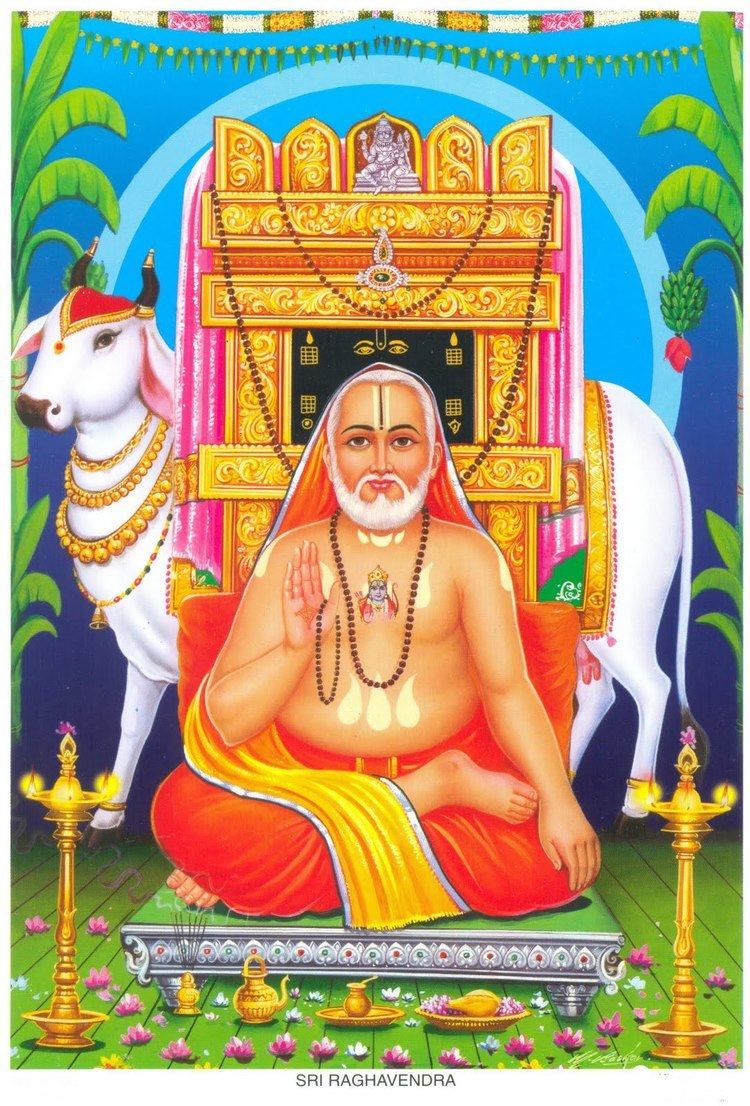 | ||
Born 1595, Bhuvanagiri Titles/honours Parimalacharya, Jagadguru Children Lakshminarayanacharya Swami Parents Gopikamba, Thimanna Bhatta | ||
Alankar Darshanam of Miracle Guru Sri Raghavendra Swamy Temple at Mantralayam near Raichur.
Rāghavēndra Swami or Rāghavēndra Tirtha (c.1595–c.1671) was a Dvaita scholar, grammarian and the pontiff of the Mutt at Kumbakonam from 1624 to 1671. His diverse oeuvre consists of illuminating commentaries on the works of Madhva, Jayatirtha and Vyasatirtha, interpretation of the Principal Upanishads from the standpoint of Dvaita and a treatise on Purva Mimamsa. An accomplished player of the Veena, he composed several songs under the name of Venu Gopala and significantly bolstered the Haridasa movement. His gentle nature and humanism is brought out through devotional poems composed in his honour by Vijaya Dasa, Gopala Dasa and Jagannatha Dasa and his biography, Raghavendra Vijaya, by his nephew Narayana. Widely regarded as a saint, he enjoys enduring popularity to this day with his tomb at Mantralaya attracting thousands of visitors every year.
Contents
- Alankar Darshanam of Miracle Guru Sri Raghavendra Swamy Temple at Mantralayam near Raichur
- Life
- Work and compositions
- In popular culture
- References
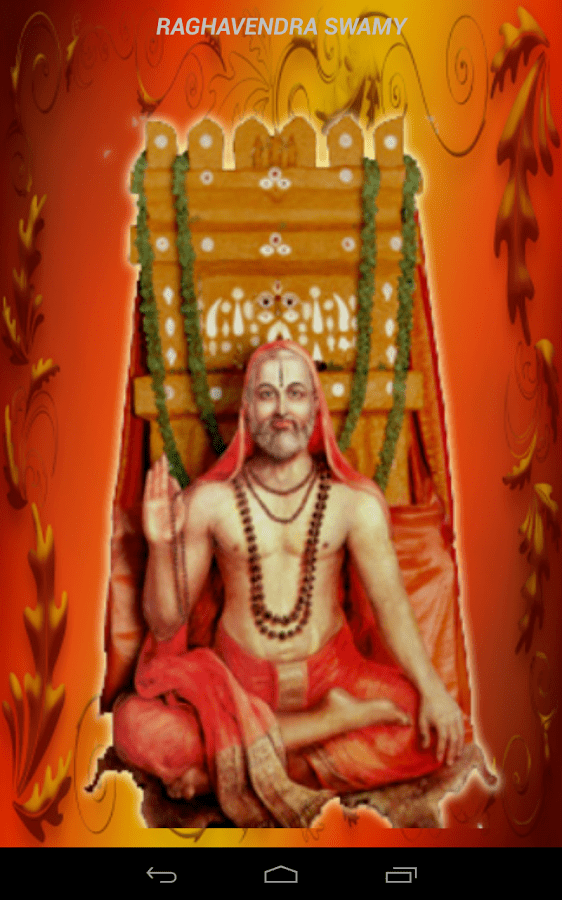
Life
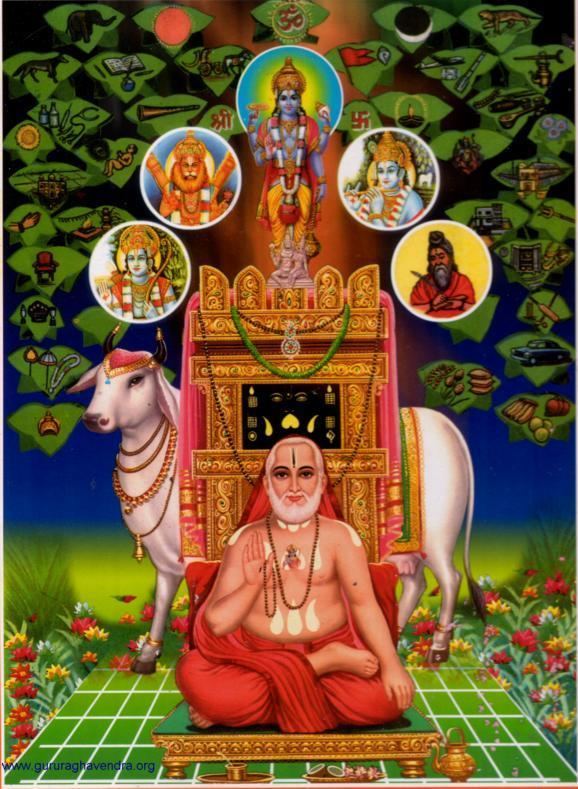
Raghavendra was born as Venkatanatha in the town of Bhuvanagiri, Tamil Nadu into a family of musicians and scholars. His great-grandfather, Krishnabhatta, was a tutor in Veena to Krishnadeva Raya while his father, Timmanacharya, was an accomplished scholar and musician. After the fall of Vijayanagara, Timmanacharya migrated to Kanchi with his wife Gopikamba where they had three children: Gururaja, Venkatamba and Venkatanatha. Venkatanatha's education was undertaken by his brother-in-law, Lakshminarasimhacharya, after the early demise of his father and was subsequently married. His scholarly activities and his triumph in the debates at the Tanjore court attracted the attention of Sudhindra Tirtha, the erstwhile pontiff of Kumbakonam mutt, who intended Venkatanatha to succeed him. Though initially uncertain about the prospect of renunciation, Venkatanatha relented to Sudhindra's demands after a vision appeared to him commanding him to do so. He was ordained as a monk in 1621 and after the passing away of Sudhindra Tirtha in 1623, succeeded him as the pontiff of Kumbakonam mutt with the name Raghavendra Tirtha. He undertook a pilgrimage, visiting places in like Udupi, Kolhapur and Bijapur. He received grants from the Dodda Deva Raja before settling down in the village of Mantralaya, which was presented to him by the Governor of Adoni, where his mortal remains are enshrined. In 1801, while serving as the Collector of Bellary, Thomas Munro is believed to have come across a vision of Raghavendra Swami.
Work and compositions
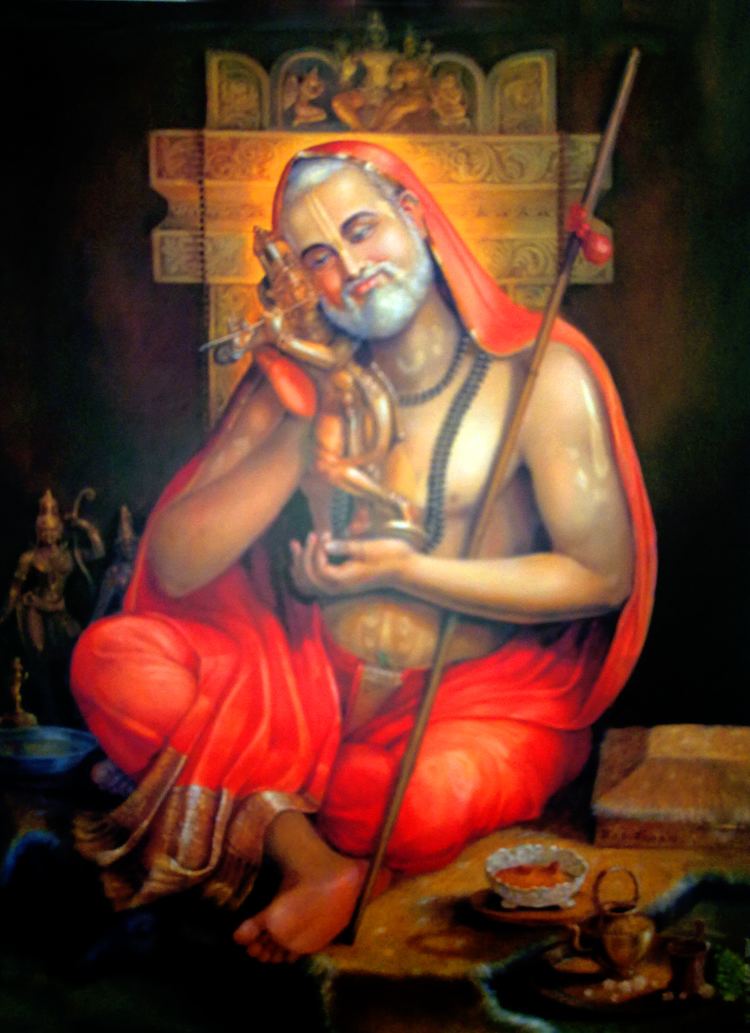
He wrote a commentary Sudha Parimala on the SrimanNyaya Sudha, an exposition of Dvaita philosophy. His works include Dasha Prakarana, commentaries on six of the ten PrakaraNa-granthas of Madhva, Sutra Prasthaana, works on the brahma-sutra, Rig and Upanishad Prasthaana, Gita Prasthaana, Shri Ramacharitramanjari, Shri Krishnacaritramanjari, Pratah Sankalpa Gadya and Sarvasamarpana Gadya.
In popular culture
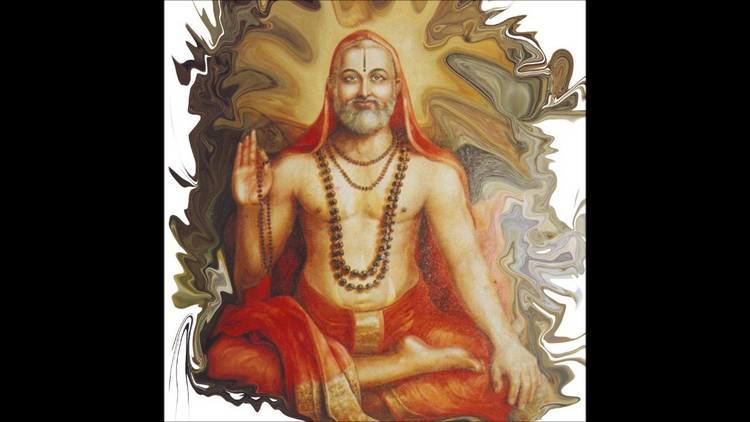
Sri Raghavendra Vijaya is a biography on Sri Raghavendra penned by his nephew and devotee Narayanacharya. Sri Raghavendra Stotra is a 32-stanza hymn, sung as a prayer by Appannacharya. Mantralaya Mahatme is a Kannada movie where Dr. Rajkumar plays Raghavendra. Sri Raghavendra Mahatmyam covers the life and devotee experiences with Sri Raghavendra. Sri Raghavendrar was a 1985 Tamil film where Rajnikanth portrays the saint.
